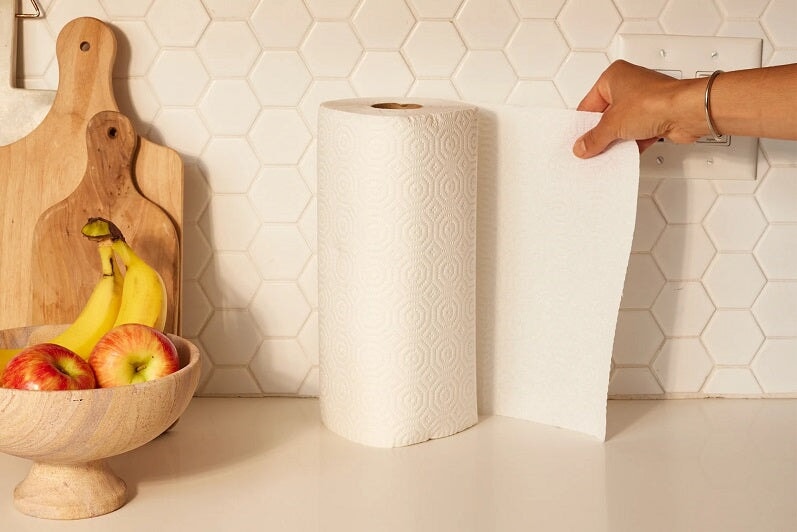
TLDR
In today's eco-conscious world, many of us are questioning our everyday choices and their impact on the environment. One such product under scrutiny is the humble paper towel. Are paper towels bad for the environment? To answer this question, let's delve into the environmental impact of paper towels, examining their production, usage, and disposal, and exploring sustainable alternatives.
The Environmental Impact of Paper Towels
High Consumption and Waste Generation
Paper towels are a ubiquitous feature in households and public spaces worldwide. This high consumption leads to significant waste generation. Each year, millions of tons of paper towels are discarded, most of which end up in landfills.1 Here, they contribute to methane emissions, a potent greenhouse gas that exacerbates climate change. Additionally, the decomposition of paper towels in landfills releases other pollutants that harm the environment.2 The sheer volume of paper waste highlights a pressing issue: the need to find more sustainable and less wasteful solutions.
Deforestation and Resource Use
What are paper towels made of? The production of paper towels is resource-intensive, relying heavily on virgin trees and large quantities of water. Deforestation for paper towel production leads to the loss of crucial forest habitats, affecting biodiversity and contributing to carbon dioxide emissions. The use of water in the production process further strains natural resources, especially in regions where water scarcity is a pressing issue. Moreover, the chemicals used in the paper towel production process, such as elemental chlorine, can have harmful environmental effects, adding another layer of complexity to the issue.3 Learn more about how deforestation affects the environment in our blog.
Lifecycle Analysis of Paper Towels
Production and Carbon Footprint
The carbon footprint of paper towels begins with their production. From the harvesting of trees to the manufacturing process, significant amounts of carbon dioxide are emitted. The transportation of paper towels to various markets adds to this carbon footprint, as fossil fuels are burned in the process. Thus, the lifecycle of a paper towel—from tree to disposal—has a substantial environmental impact. This comprehensive view of the paper towel lifecycle underscores the need for innovative approaches to reduce emissions and promote sustainability.
Usage and Disposal Challenges
Paper towels are designed for single use, leading to excessive disposal. Can you compost paper towels, though? Once used, they are often contaminated with food waste, grease, or cleaning chemicals, making them non-recyclable or compostable. This contamination prevents paper towels from being effectively recycled, further contributing to environmental degradation. The widespread use of paper towels results in a continuous cycle of waste that is challenging to manage sustainably. Additionally, the convenience of disposable paper products can lead to overuse, amplifying the environmental burden.
Sustainable Alternatives to Traditional Paper Towels
To mitigate the environmental impact of traditional paper towels, several sustainable alternatives have been developed. These paper towel alternatives not only help reduce waste but also promote a more mindful approach to resource consumption.
Bamboo Paper Towels
Bamboo paper towels offer a more sustainable option. Bamboo is a fast-growing plant that requires fewer resources than traditional trees. Bamboo paper towels are strong, absorbent, and biodegradable, making them a better choice for the environment. By switching to bamboo paper towels, consumers can reduce their reliance on virgin tree products and help preserve natural forests. Bamboo's rapid growth cycle and minimal need for pesticides make it an excellent alternative to traditional paper products, contributing to a lower carbon footprint.
Reusable Cloths
Reusable cloth towels, such as Swedish dishcloths, present another sustainable alternative. These cloths can be washed and reused multiple times, reducing the need for single-use paper towels. However, it is essential to note that reusable cloths can harbor bacteria if not cleaned properly and require regular washing, which uses water and energy. Despite these challenges, reusable cloth towels represent a significant step towards reducing disposable paper towel waste and fostering a culture of reuse. Learn more about paper towels vs cloth towels in our blog.
Air Dryers
From a sustainability standpoint, warm air dryers drastically reduce the amount of paper towels used. They eliminate paper towel waste and reduce the carbon footprint associated with paper towel production and disposal. However, air dryers have their downsides. They can spread germs and bacteria more effectively than paper towels, posing a hygiene challenge in public restrooms.4 This trade-off between sustainability and hygiene highlights the complexity of finding perfect solutions in the quest for environmental responsibility.
Discover Strong, Absorbent, and Sustainable Paper Towels by Reel Paper
At Reel Paper, we are committed to providing sustainable household paper products without compromising on quality. Our paper towels are made from 100% bamboo, ensuring they are strong, absorbent, and environmentally friendly. By choosing Reel Paper, you are supporting sustainable practices and helping to reduce the environmental impact of traditional paper towel production.
While paper towels are convenient, their environmental impact is significant. High consumption and waste generation, along with deforestation and resource use, highlight the need for sustainable alternatives. Bamboo paper towels, reusable cloths, and air dryers offer viable options, each with its own set of benefits and challenges. Reel Paper is proud to be part of the solution, offering eco-friendly paper towels that are both effective and sustainable.
Switch to Reel Paper today and join us in making a positive impact on the environment. Let's work together to reduce waste, conserve natural resources, and promote a more sustainable future.
Sources:
- Petroff, C. 2016. “How Much Waste Is Generated from Paper Towels?” ITU AbsorbTech. February 5, 2016. https://ituabsorbtech.com/papertowelwaste/.
- Vijayaraghavan, Vidya. 2021. “Are Paper Towels Bad for the Environment? 6 Facts about Paper Towels.” Nomomente Institute. October 15, 2021. https://www.nomomente.org/post/are-paper-towels-bad-for-the-environment.
- Breyer, Melissa. 2014. “Paper vs Cloth: What Are the Greenest Options?” Ace-Tex | Wiping Clothes | Cloth Manufacture. June 9, 2014. https://www.ace-tex.com/585/blog/paper-vs-cloth-greenest-options/.
- Huang, Cunrui, Wenjun Ma, and Susan Stack. 2012. “The Hygienic Efficacy of Different Hand-Drying Methods: A Review of the Evidence.” Mayo Clinic Proceedings 87 (8): 791–98. https://doi.org/10.1016/j.mayocp.2012.02.019.
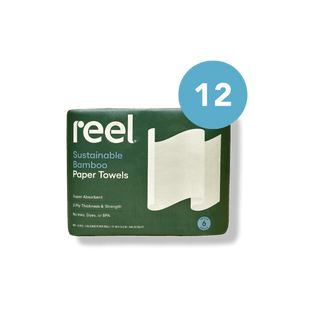

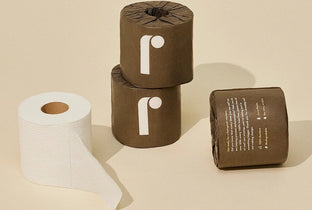
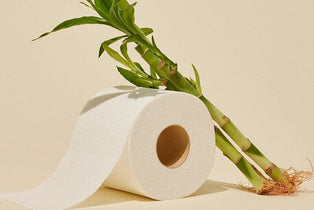
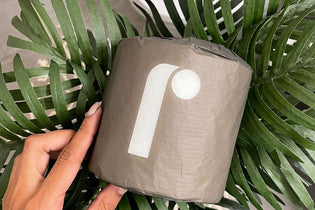
0 comments